Emet ve Emunah: The Secret of the Sassoons’ Success
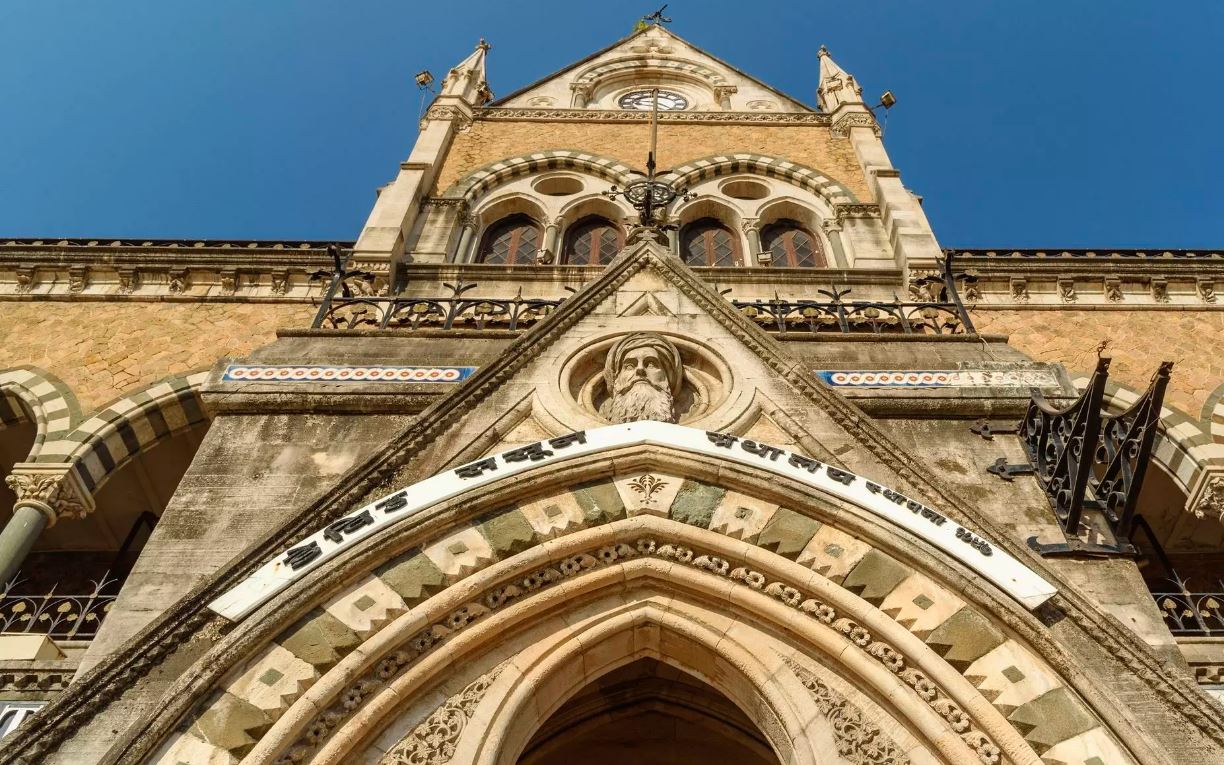
In Honor of the 79h Birthday of Hakham Rabbi Marc D. Angel, Ph.D, who has served Congregation Shearith Israel, NYC’s historic Spanish and Portuguese Synagogue, since 1969, is a past president of the Rabbinic Council of America (RCA), Founder of the Institute for Jewish Ideas and Ideals and Co-Founder of the International Rabbinic Fellowship, an ASF Advisory Board Member, a prolific author or editor of 30 books and winner of the National Jewish Book Award, pioneering translator and interpreter of Hakham R’Ben-Zion Meir Hai Uziel’s thought, as well as a exemplar of his teachings to love truth and peace. Read R’Angel’s “essential teachings” and contribute to an upcoming milestone, B”H!
Click here to dedicate a future issue in honor or memory of a loved one

Upcoming Events ◊ ASF Sephardi Shop ◊ Sephardi World Weekly ◊ ASF IJE ◊ ASF Sephardi House ◊ Archive ◊ Donate
The American Sephardi Federation’s Sephardi Ideas Monthly (SIM) is a continuing series of essays and interviews from the rich, multi-dimensional world of Sephardi thought and culture that is delivered to your inbox every month.
Prof. Joseph Sassoon’s magisterial The Sassoons: The Great Global Merchants and the Making of an Empire follows a family of Baghdadi Jewish refugees from their rise to economic heights across south and east Asia to their dissipation under the spell of upper-class English life and assimilation into British society. It is a cautionary tale that, in his Preface and Afterword, Prof. Sassoon compares to Thomas Mann’s story of multi-generational decline, Buddenbrooks. “The novel is a classic, and Thomas Mann won the Nobel Prize for his novels,” Prof. Sassoon explained in a recent conversation with Sephardi Ideas Monthly. “It really reflects well on how four generations in a successful family business differ in their attitudes and ambitions.”
A Professor of History and Political Economy at Georgetown’s Center for Contemporary Arab Studies, Professor Sassoon holds the al-Sabah Chair in Politics and Political Economy of the Arab World and is Senior Associate Member at St Antony’s College, Oxford. His research focuses on political economy, economic history, Iraq, Iraqi refugees, and authoritarianism. The Sassoons: The Great Global Merchants and the Making of an Empire (2022), is his fifth book.
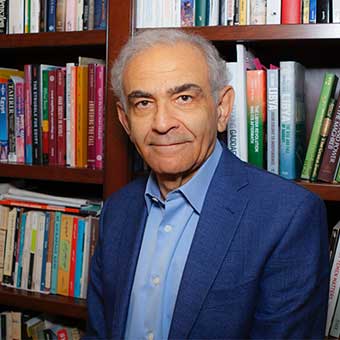
Prof. Sassoon sets the scene of his history by opening with the Ottoman conquest of Mesopotamia and the rise to power of an ambitious Mamluk named Dawud whose chaotic reign in the second decade of the 19th c. drove many Baghdadi Jews to flee the city. David Solomon Sassoon was one of the refugees. Linking his family’s future to British expansion across south and east Asia, David Sassoon set up shop in Bombay [today, Mumbai] where, through his personal talents and deep faith, he built an empire based upon the priceless asset of a good name and talented children who David sent traveling around the world from as young as fifteen to teach them independence and responsibility. Prof. Sassoon notes, however, how the seeds of a family’s decline are often buried within its success, “Once a family is successful, societal demands intensify regarding where and how to live appropriately.” David Sassoon was a pious, learned, and ambitious Jew who aspired to integrate Jewish and worldly concerns, but his delicate balancing act only lived on in the life and career of the remarkable Flora Sassoon.
Sephardi Ideas Monthly: Let’s begin with the first, founding generation, before we look at the following generations of fortunes made and squandered. Why was ‘trust’ so crucial to David Sassoon’s way of conducting business and educating his children?
Prof. Joseph Sassoon: Trust was critical. It was connected to the family’s name, reputation, and position, not unlike other merchant families. The Sassoons did not have written agreements with their traders and agents, unlike European firms. David Sassoon’s religiosity has to be seen through this aspect: trust is fundamental. Later, when his oldest son, Abdallah, created the family crest, Emet ve Emunah (Truth and Faithfulness) was the motto of the emblem.
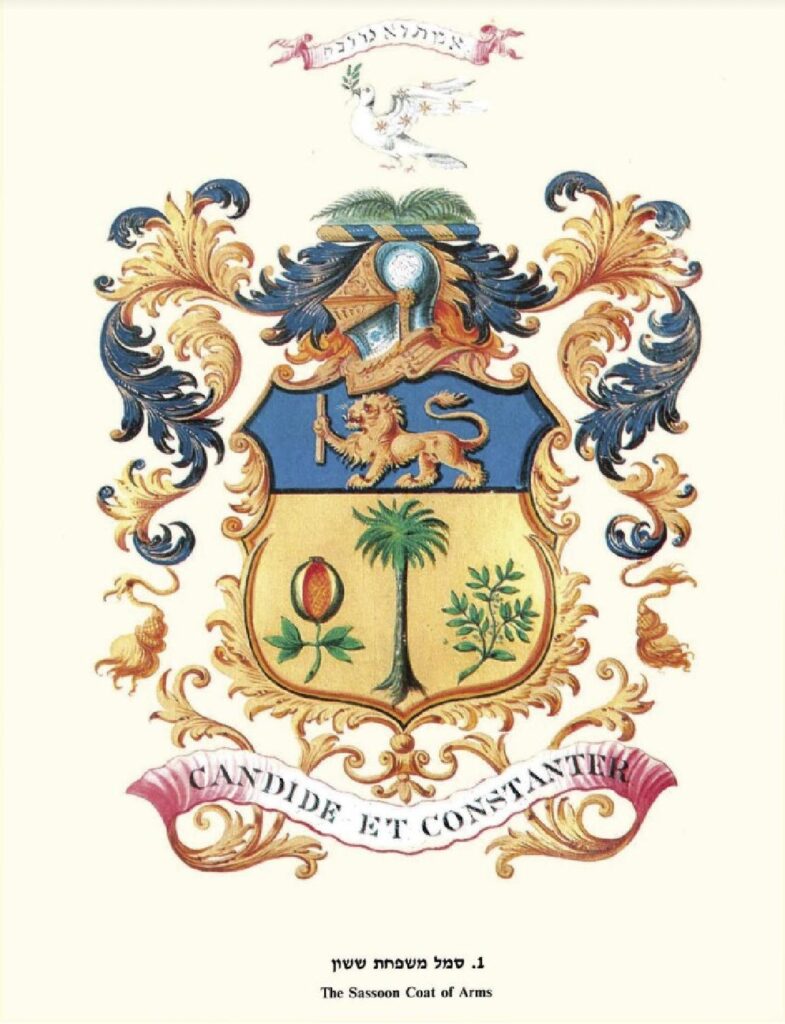
SIM: David Sassoon had a unique way of linking his business transactions to charitable giving. Can you say a few words about the importance that he, and subsequent generations of Sassoons, attributed to philanthropy?
JS: David’s religious beliefs were the main motivator for his philanthropy. He truly believed in helping others. The Sassoon ledgers reflect how seriously David took the obligation to give charity: one-quarter percent of each trade was charged as a cost for charitable giving. These transactions were recorded in the books, in Hebrew, as ‘tzedakah’ or ‘mitzvah,’ in the same way that other accounting fees would be recorded.
But of course, there were other motives: by building schools, hospitals, synagogues, and cemeteries, he could attract young families from Baghdad’s Jewish community to come and work in his business. As the family business expanded, philanthropy led to his prominence both in Bombay and in the eyes of the British government in India.

SIM: Your book traces the delicate tension between ascending in society and flourishing in business. Why did the Sassoons of the first and second generations maintain a harmonious balance that was lost in the third and fourth generations?
JS: What happened to the Sassoons happened and still happens among many families worldwide. It is simple to understand: the first-generation founders of a business tend to be focused and determined and see success in the business as crucial. If the business is successful, second and third generations tend not to be as “hungry” and determined as the first generation. Also, they begin to enjoy the fruits of wealth that the business has given them.
SIM: You also note how the survival of dynasties depends upon “resilience.” Flora Sassoon was a model of resilience who refused to become resentful of the way in which her former partners within the family mistreated her. She was also, like David, a pious and learned Jew. How do you account for Flora’s capacity to transcend resentment and maintain her resilience?
JS: Flora’s personal story shows an astute, determined, and clever woman from a young age. She was exceptional for families of the 19th century. One must understand that, unlike most other family members, she was in love with her husband, and their marriage was a true partnership. There is no doubt, however, that her religiosity helped her differentiate between what is critical and what is trivial. Her knowledge, status, self-confidence, and beliefs combined to create an exceptional personality focused on big issues and questions rather than the family squabbles.

(Photo courtesy of the Jewish Women’s Archive)
SIM: We cannot ignore, and you do not ignore, the opium trade. It is a fact that the Sassoons made much of their fortune through trading opium. How do you understand and evaluate the Sassoon role in the opium trade?
JS: I think it is important to analyze events from the perspective of the period and not to see them from today’s point of view, more than 170 years later. The opium trade, conducted by locals and Europeans, existed long before the Sassoons arrived in India. By the early 1840s, opium became a legal commodity to trade. If you look at commercial and financial papers until World War I, opium was quoted as a commodity no different from gold or silver.
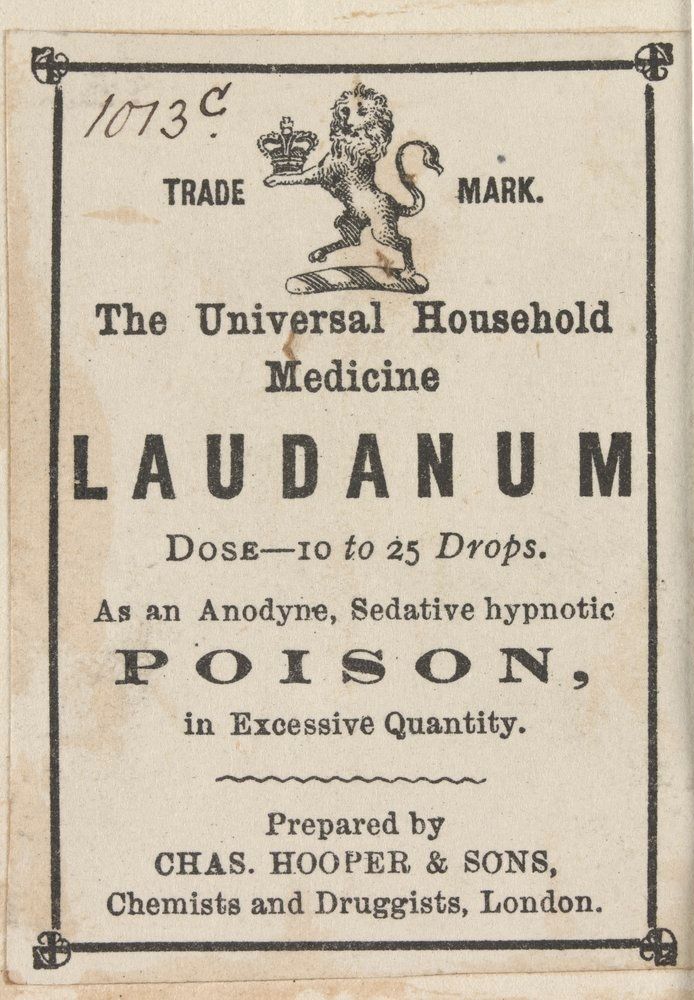
Having said all the above, my criticism was focused on later periods of the 19th century, when the drug’s potential harm was becoming more evident. The family used its influence to delay the end of the trade when it was obvious that the end was nigh.
SIM: Finally, globalization and migration are deeply intertwined, and the question of immigration is particularly charged in today’s geo-political landscape. Do you think the stories of the 19th and 20th c. migrations of the Sassoons can offer us any lessons for thinking about refugee families today?
JS: Yes, absolutely. Migrant families such as the Sassoons significantly contributed to the cities in which they lived and to the populations of the cities. Almost 200 years later, Mumbai has fond memories of the family, and some locals believe that the Sassoons were among the few who turned the city into such a major commercial hub. Migrant families tend to be willing to work very hard and can enrich their newly adopted homes, create jobs, and add to the culture.
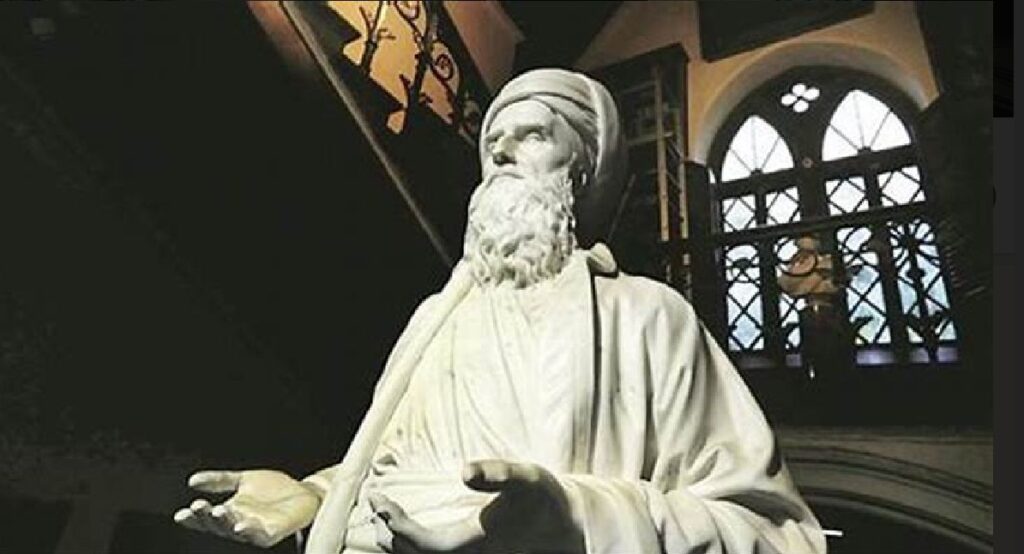
~~~~~~~
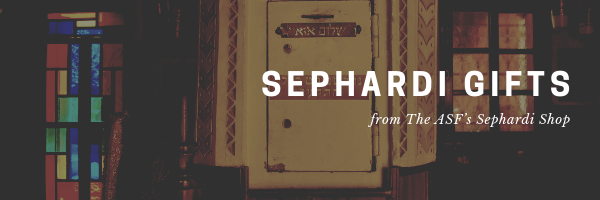
By Oded Halahmy
Like countless New Yorkers who arrived from distant lands, ASF’s Board Member Oded Halahmy has a rich personal history of exile, migration and travels. Born in the old city of Baghdad in 1938, the artist came from a family of Orthodox Jews with deep roots in ancient Babylonian culture. Iraqi Cooking: Exile Is Home is a tasty exploration of Oded’s roots accompanied by several pieces of original poetry, art, sculptures and jewelry.
The Wolf of Baghdad (Memoir of a lost homeland)
By Carol Isaacs
In the 1940s a third of Baghdad’s population was Jewish. Within a decade nearly all 150,000 had been expelled, killed or had escaped. This graphic memoir of a lost homeland is a wordless narrative by an author homesick for a home she has never visited.
Transported by the power of music to her ancestral home in the old Jewish quarter of Baghdad, the author encounters its ghost-like inhabitants who are revealed as long-gone family members. As she explores the city, journeying through their memories and her imagination, she at first sees successful integration, and cultural and social cohesion. Then the mood turns darker with the fading of this ancient community’s fortunes.
This beautiful wordless narrative is illuminated by the words and portraits of her family, a brief history of Baghdadi Jews and of the making of this work. Says Isaacs: ‘The Finns have a word, kaukokaipuu, which means a feeling of homesickness for a place you’ve never been to. I’ve been living in two places all my life; the England I was born in, and the lost world of my Iraqi-Jewish family’s roots.’
~~~~~~~
Upcoming Events or Opportunities
The American Sephardi Federation presents:
“The Golden Age of the Jews of Alandalus” | “La Edad de Oro de los judíos de Alandalús”
On View in the Paul S. And Sylvia Steinberg Great Hall
through August 2024
@ the Center for Jewish History

The Jewish community of Alandalús gave the world extraordinary thinkers like Maimonides, diplomats like Ibn Shaprut, and poets like Ibn Gabirol and Judah Halevi, whose wisdom, works, and accomplishments resonate through the ages. 820 years after his death, the RAMBAM’s contributions to medicine, philosophy, diplomacy, and Jewish law continue to inspire wonder and influence till today. Across the Mediterranean in Fustat (Cairo) about two hundred thousand documents accumulated in the Ben Ezra Synagogue’s Genizah—a room or grave where obsolete sacred documents are respectfully discarded—over the course of nearly a millennium.
The geographical location of Egypt, a natural bridge between the Islamic East and Christian West, made it possible for many of these documents to be of Andalusian origin. This exhibition, curated by the University of Granada Professor José Martínez Delgado, takes us on a journey from the origins of this important community to its exodus and extinction in the XIX century. Although subsequently scattered all over the world, Sepharadim have maintained connections to their past by perpetuating traditions, the Ladino (Judeo-Spanish) language, and exemplifying a seriously Jewish yet cosmopolitan worldview.
~~~~~~~
The American Sephardi Federation presents:
Convergence: Arabic, Hebrew, and Persian Calligraphy in Conversation
Featuring the multilingual art of Ruben Shimonov Convergence creates a visual world where Hebrew, Arabic, and Persian languages interact with, and speak to, one another; a world where stylized letters and words dance together on the page; a world where cultures, religions, communities, and philosophies intersect.
Juxtaposing cognates from these ancient West Asian languages, artist Ruben Shimonov encourages the viewer to explore the deep-rooted connections between these tongues, as well as the multilayered and transnational identity of the artist himself.
On View in the Leon Levy Gallery
through August 2024
@ the Center for Jewish History

~~~~~~~
The American Sephardi Federation and Mimouna Association’s Rebuilding Our Homes Project present:
Re-Creation: Judaica by Moroccan Muslim Artisans
Explore the exhibition of Judeo-Moroccan art, Moroccan Judaica, cultural and religious objects, including Menorot, Mezuzot, Yads, Shabbat Candleholders, Seder Plates, Hallah Covers, and much more.
On View through August 2024
@ the Center for Jewish History

As Moroccan Jewish populations largely left the mellahs (Jewish quarters) in the latter half of the 20th century, there was a danger that not only designs but even the traditional artisanal techniques needed to create them would be lost. Passed down from one artisan to another and perfected over time, these designs and techniques. ranging from vibrant patterns to intricate metalwork and soulful wood carvings, are expressions of Moroccanity and reflect the individual character of each city. The materials and craftsmanship of Rabat are different than Fez, and Essaouira is distinct from both.
Mimouna Association and the American Sephardi Federation’s Rebuilding Our Homes Project, a multi-year USAID-supported New Partnerships Initiative, brought three notable experts-Ms. Zhor Rehihil, Ms. Deborah Koenigsberger Gutierrez, and Ms. Meryem Ghandi to train Moroccan Muslim artisans in the history of Judeo-Moroccan art and guided them in re-creating Moroccan Judaica, which encompasses a diverse array of cultural and religious objects, including Menorot, Mezuzot, Yads, Shabbat Candleholders, Seder Plates, Hallah Covers, and much more.